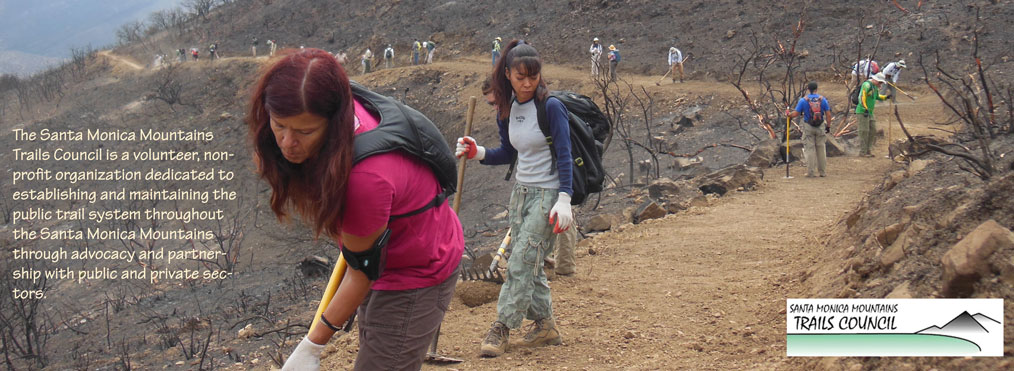
So you need some “Community Service” hours or maybe you want to give back to the trails you love to wander and are now wondering what you’ve gotten yourself into.
Am I fit enough for this work? Can you walk a mile or two, work for a couple of hours and then walk back to your vehicle?
Am I too young? A parent or organization group leader must accompany volunteers under the age of 18. Youth groups should arrange in advance with our crew leaders so that we can match your needs to one of our projects.
Am I too old?” How did you answer the first question?
After doing this kind of work for several years we have come to believe that trail work is for everyone. We have work so varied, from lopping to digging to raking and sawing that there is usually a job for every volunteer. We are here to work but we are also here to enjoy this time in the mountains. Pace yourself, drink some water and take a rest if you get tired - those are the kind of suggestions you are going to hear from our Crew Leaders during your time with us.
Listed below are activities / tasks you might find yourself doing when you are out with us:
(AKA - Tasks necessary on a regular basis for the upkeep of trails.)
Brushing: cutting back overgrown brush to open up the trail corridor, especially on the uphill side of the trail. Use loppers for small brush and hand saws saws for larger branches.
Logging out: sawing out trees that have fallen down, blocking the trail - sort of rare but possible.
Drainage: creating new paths for water to flow off the trail or clearing out debris that has accumulated in drainage structures and prevents water from flowing off the trail.
Restoring tread: reworking the trail’s surface by digging it to the proper width, removing organic material, digging out protruding rocks and roots and restoring the trail’s outslope.
Building new trail: brushing trail corridor, digging tread to optimal widths and angles, creating drainage structures.
Building rock walls: digging out a spot for the rock wall, finding and transporting rocks,fitting rocks together to create a wall on the downhill side of the trail.
Pulaski: used for grubbing and chopping, especially in building or fixing tread.
Shovel: scraping and digging, often for tread work.
Grub hoe: grubbing and pounding; useful for creating tread or drainage.
McLeod: raking, scraping, grubbing or tamping new trail.
Corona saw: for cutting small branches and trees.
Loppers: for cutting out stems, roots and very small branches.
Rock bar: for prying heavy rocks out of the ground.
Pick-Mattock: for picking, prying or digging tread, rocks and roots.